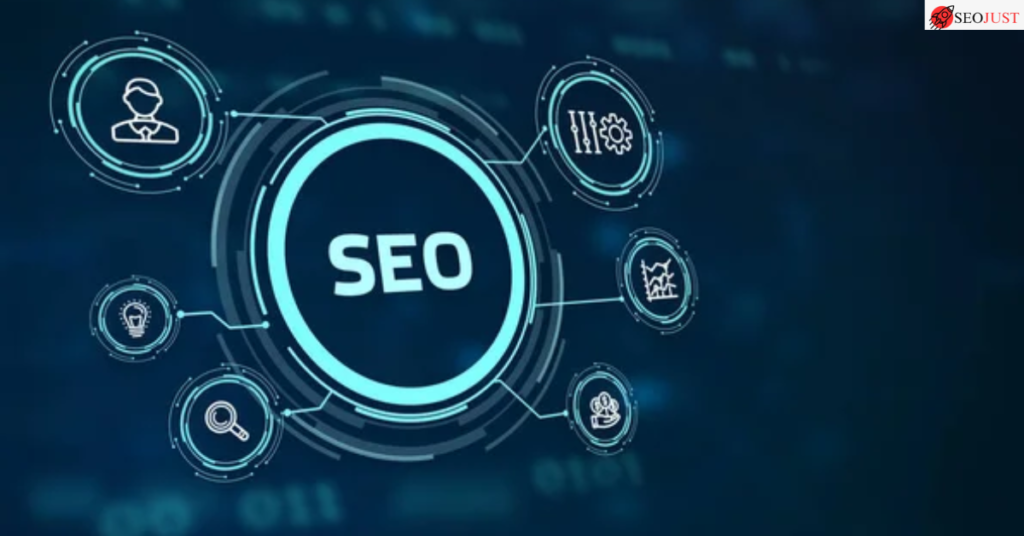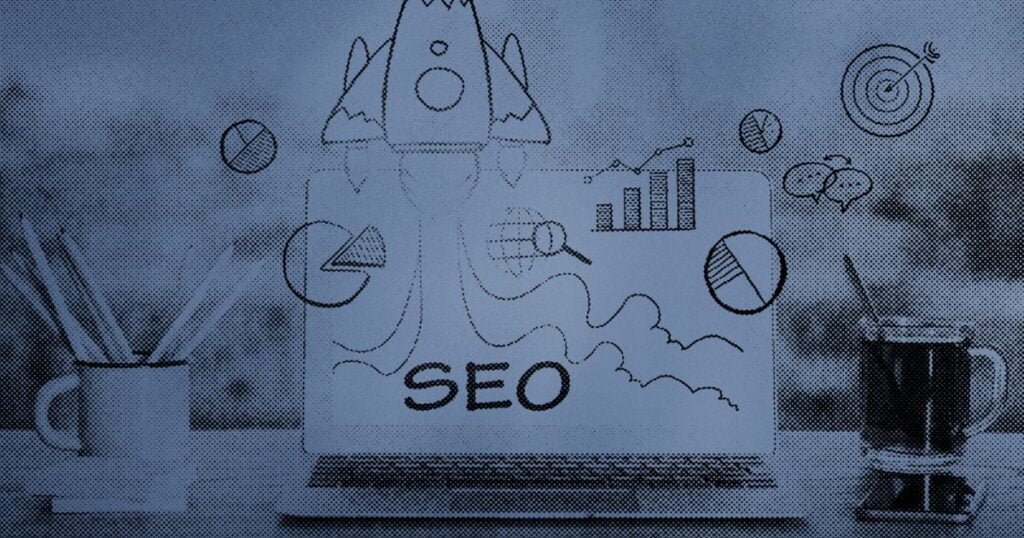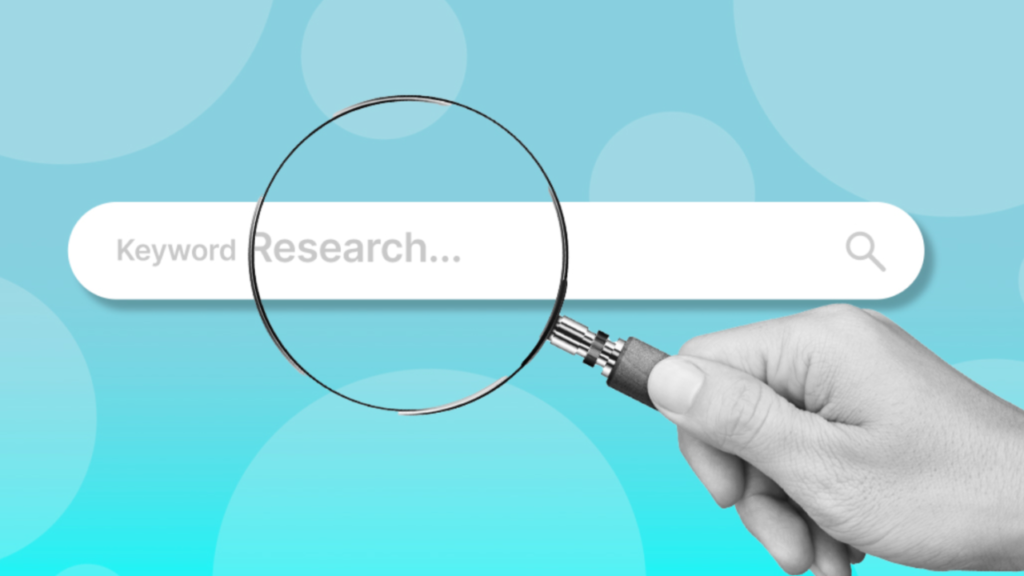Today, bots are important for a website’s performance and ranking on a search engine. However, many website owners wonder, “If I limit bots, will my website lose SEO?”
Now as a seo and tech expert for the last 8 years many people ask me this question but about bots. Today I am finally answering it. In this article, I want to share with you how bots can destroy SEO and what can be done about bots to ensure they’ll not harm your search engine rankings.
Read More: Tailored SEO Services for Law Firms That Command Digital Success
Understanding Bots and Their Role in SEO
These are programs that can do tasks on the internet, these programs are called bots. Bots are likely to aid or aggravate your SEO efforts within websites. One needs to understand the different types of bots if one has to manage their impact effectively.

What Are Bots?
Bots (robots), or software apps that do automated tasks. They can crawl the website, index content and go on to do evil stuff. Not all bots are evil, indeed some are essential for keeping and improving your site’s SEO.
Types of Bots Affecting SEO
- Search Engine Bots: These are good bots like Googlebot, Bingbot and Yahoo’s Slurp. Indexing their content and determining how relevant content is to queries, they crawl your website.
- Malicious Bots: The list of examples includes spam bots, scrapers as well as click fraud bots. Draining server resources, skewing your analytics, or badmouthing your site, they could pull your server resources, skew your analytics, and not to mention your site’s reputation.
- Social Media Bots: With these bots, you and your content will interact with the bots on social platforms with a high possibility of boosting your visibility and engagement.
- Content Creation Bots: These bots can help create content, but maintaining a fresh website and not having quality content if not properly controlled.
The Impact of Bots on SEO Performance
Your website’s SEO is being positively AND negatively influenced by bots. Knowing this helps in determining restrictions of bot access.
Positive Impacts
- Indexing and Ranking: It is important to have your content indexed, search engine bots crawl your site to do this.
- Improved Visibility: Managed properly, bots will help your content be seen and accessed, which is important for SEO.
Negative Impacts
- Server Overload: Too much bot traffic can slow down your website, this can hurt user experience and SEO.
- Analytics Distortion: Your analytics data can be skewed by malicious bots, which leave you without clues to real user behavior and what your SEO is really performing.
- Security Risks: With bots, they are vulnerable to security breaches that hurt your site’s credibility, as well as its SEO.
- Inflated Costs: With the right click fraud bots, you’ll find more money is spent on fake clicks on your ads than they’d be willing to boast about.
Read More: Why Hiring SEO Consultant is Your Key to Digital Prosperity
Addressing the Main Question: If I Limit Bots, Will My Website Lose SEO?
Lurking behind that curtain can be a double edged sword of limiting bots. So, if you are asking “If I limit bots, will my website lose SEO”, while controlling bot access can protect your site from malicious activities, it’s essential to ensure that beneficial bots continue to crawl and index your content.
Balancing Bot Management
- Allow Essential Bots: Add to your site so that search engine bots like Googlebot and Bingbot can crawl your site. The bots, aka spiders, are important on SEO since they will index your content and tell us if your content is relevant.
- Block Malicious Bots: Protect your site from bots by blocking them using security measures that affect it negatively and skew your analytics. This covers spam bots, scrapers and click fraud bots.
- Monitor Bot Traffic: Keep an eye on your website’s traffic regularly to detect some unusual bot activity. Fighting bot traffic is possible with tools such as Google Analytics and special bot detection services.
- Implement Bot Management Tools: To prevent the malicious bot traffic at network level, you can use services like SpiderAF. These can help you to keep your SEO intact.
Best Practices to Prevent Invalid Traffic
Preventing invalid traffic is essential to protect your site’s SEO and ensure a smooth user experience. Here are some best practices to manage bot traffic effectively:
Enable Bot Protection
Use advanced bot protection services to filter out malicious bots. These services can distinguish between harmful bots and beneficial ones, ensuring that only the necessary bots access your site.
Monitor Traffic Sources
Regularly audit your traffic sources to identify and block suspicious IP addresses or referrers. This helps in preventing unwanted bot traffic from affecting your site.
Implement IP Rate Limiting
Throttle traffic from high-frequency IP addresses that are likely bots. This prevents bots from overwhelming your server and ensures that your site remains accessible to genuine users.
Use Captchas and Behavioral Analysis
Challenge suspicious visitors with CAPTCHA and behavioral fingerprinting. This helps in verifying human visitors and blocking automated bot traffic.
Update Security Plugins
Keep your security plugins up to date to block new exploits used by bots. Regular updates ensure that your site remains protected against the latest threats.
Disavow Toxic Links
If you find toxic links from malicious bots, use Google Search Console to disavow them. This prevents these links from harming your site’s SEO.
Validate PPC Traffic Quality
Use PPC monitoring platforms to identify and block click fraud. Ensuring high-quality PPC traffic protects your ad budget and maintains your SEO performance. Still confused with the question: If I limit bots, will my website lose SEO? Let’s learn more…
Read More: Gaming News eTrueSport – SEOJUST
Emerging Invalid Traffic Trends to Watch
Bots are continually evolving, making it crucial to stay updated on emerging trends to protect your site effectively.

Indistinguishable Bots
Machine learning is enabling bots to mimic human behavior more accurately, making them harder to detect and block.
Hijacked Devices
Bots are increasingly using hijacked devices to generate traffic, making it challenging to identify and prevent malicious activities.
AI Content Scraping
Advanced scrapers use AI to understand and copy unique content, posing a significant threat to original content creators.
Mobile Ad Fraud
Bots are defrauding mobile ad networks through infected phones and apps, increasing the complexity of managing ad traffic.
Connected TV Ad Fraud
Fraud bots target OTT and CTV advertising using compromised smart TVs and devices, expanding the scope of invalid traffic.
Targeted Scraping
Bots are now targeting specific user accounts, hashtags, and keywords to scrape high-value data, making detection more targeted and sophisticated.
Validation-Resistant Bots
Some botnets can validate accounts after signup, bypassing CAPTCHA and phone verification, making them more resilient against traditional security measures.
Read More: Luther: The Social Media Maven of Keezy.Co
Strategies for Advanced Bot Mitigation
As bots become more sophisticated, traditional methods may no longer suffice. Here are advanced strategies to enhance bot mitigation:
Machine Learning Algorithms
Implement machine learning algorithms to detect and differentiate between human and bot traffic based on behavior patterns and traffic anomalies.
Behavioral Analytics
Use behavioral analytics to monitor user interactions and identify suspicious activities that indicate bot traffic.
Real-Time Traffic Analysis
Conduct real-time analysis of incoming traffic to detect and block malicious bots instantly, preventing them from affecting your site’s performance.
Multi-Layered Security Approach
Adopt a multi-layered security approach that combines various tools and techniques to provide comprehensive protection against bot traffic.
Read More: Editor Benjamin Tech Guru Keezy.co
How to Differentiate Between Good and Bad Bots
Not all bots are harmful. Differentiating between beneficial and malicious bots is essential to maintaining your site’s SEO without blocking essential traffic.

Identifying Good Bots
- Search Engine Bots: Recognize and allow search engine bots like Googlebot, Bingbot, and Yahoo’s Slurp.
- Social Media Bots: Allow bots from reputable social media platforms that enhance your site’s visibility and engagement.
- Content Aggregators: Permit bots from content aggregators that help distribute your content across the web.
Identifying Bad Bots
- Spam Bots: Detect bots that generate spam comments or form submissions.
- Scraper Bots: Identify bots that scrape your content without permission.
- Click Fraud Bots: Spot bots that engage in fraudulent clicks on your ads, inflating your advertising costs.
Good Bots vs. Bad Bots: Quick Comparison
| Aspect | Good Bots | Bad Bots |
| Purpose | Index websites for search engines | Scrape data, spam, or attack sites |
| Examples | Googlebot, Bingbot | Scrapy, BotX |
| Behavior | Follow rules and respect robots.txt | Ignore rules, overload servers |
| Impact on SEO | Boost website visibility | Can harm rankings and site performance |
| Access | Controlled and respectful | Aggressive and unauthorized |
Tools and Resources for Bot Management
Effective bot management requires the right tools and resources. Here are some essential tools to help you manage bot traffic:
SpiderAF
SpiderAF specializes in bot detection and prevention at the network level. It helps protect your site from malicious bots, ensuring the integrity of your SEO efforts.
Google Analytics
Use Google Analytics to monitor traffic sources, identify unusual bot activity, and filter out invalid traffic from your reports.
Google Search Console
Google Search Console allows you to disavow toxic links and monitor your site’s performance, helping you maintain a healthy SEO profile.
Security Plugins
Plugins like WordFence offer robust security features to block unwanted bot traffic and protect your site from vulnerabilities.
CAPTCHA Solutions
Implement CAPTCHA solutions to verify human visitors and prevent automated bot traffic from accessing your site.
Read More: SEO for E-Commerce Sites – The Ultimate Guide to ECommerce SEO
Frequently Asked Questions About Bots and SEO
How Can Google Analytics Help Identify Bot Traffic?
Google Analytics provides filters to exclude known bots and spiders. By analyzing bounce rates, session durations, and other metrics, you can identify anomalies suggesting non-human traffic.
Is It Possible to Increase Organic Search Traffic Using Traffic Bots?
While bots may artificially inflate visitor numbers, they do not contribute to genuine organic traffic. True organic traffic comes from real users finding your site through search engines.
What Role Do Search Engine Crawlers Play in SEO?
Search engine crawlers index and rank your website by analyzing its content. A well-optimized site that is easily crawlable can achieve higher rankings, leading to increased organic traffic.
Can a Traffic Generator Harm My SEO Rankings?
Using traffic generators can harm your SEO as search engines may identify inauthentic traffic. This can lead to penalties or lower rankings, as search engines prioritize genuine user engagement.
How Can SEO Agencies Use Google Search Console to Improve Organic Traffic?
SEO agencies use Google Search Console to monitor search query data, crawl errors, and backlinks. Analyzing this data helps optimize websites, improving visibility and organic traffic.
What Is the Difference Between Referral Traffic and Organic Search Traffic?
Referral traffic comes from links on other websites, excluding search engines. Organic search traffic comes from users clicking on search results in search engines.
How Can I Ensure That SEO Efforts Result in Real Organic Traffic?
Focus on creating high-quality, relevant content, using appropriate keywords, obtaining backlinks from reputable sites, and providing a good user experience to attract genuine users.
How Much Impact Does Organic Search Bot Activity Have on Google Search Results?
Organic search bots like Googlebot help index and rank your site. Proper indexing ensures your site appears in search results, directly impacting your visibility and organic traffic.
Why Is Targeted Traffic Important for SEO Rankings?
Targeted traffic consists of visitors interested in your content or products. High engagement signals to search engines that your site is relevant and valuable, improving your rankings.
How Can I Differentiate Between Google Organic Search Bot Visits and Real Organic Traffic in Analytics?
Use Google Analytics’ bot filtering feature to exclude known bots and spiders. This allows you to analyze real user behavior more accurately.
Conclusion
Managing bot traffic is crucial for maintaining and improving your website’s SEO performance. While limiting bots can protect your site from malicious activities, it’s essential to allow beneficial bots that enhance your SEO efforts. By implementing best practices and using advanced bot management tools, you can strike the right balance between security and visibility.
Read More: Local SEO Citation – The Ultimate Beginner’s Guide
Understanding the impact of bots on your website helps you make informed decisions to protect your site’s integrity, ensure accurate analytics, and maintain high search engine rankings. Remember, not all bots are harmful. Allowing essential bots to crawl and index your site is vital for your SEO success. Hope so, now your questions is answered: If I limit bots, will my website lose SEO?




